Ford Focus RS engines, drive and performance
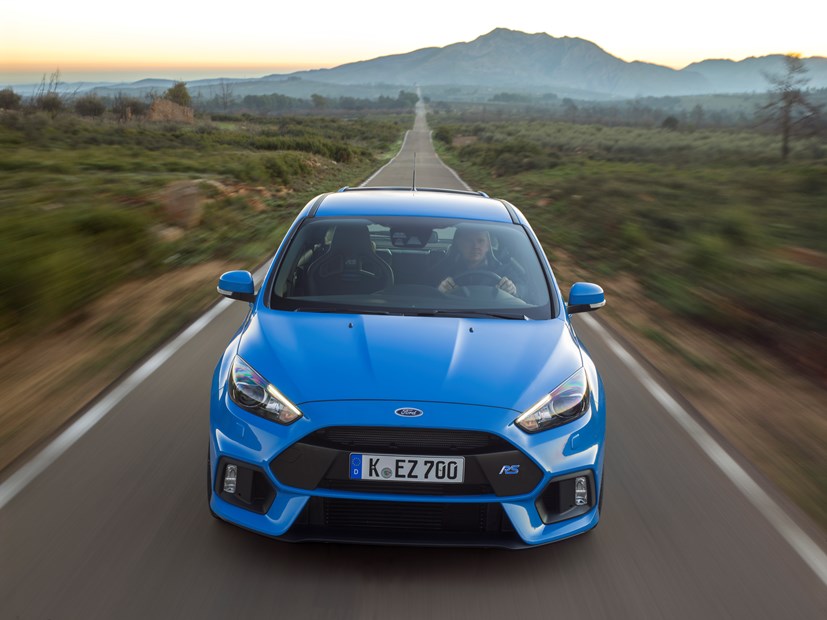
It’s fair to say the performance of the Ford Focus RS is mind-bending. It uses a 2.3-litre, four-cylinder engine from the firm’s iconic Mustang, but retuned to deliver 345bhp and 440Nm of torque available between 2,000rpm and 4,500rpm, though the torque figure swells to 470Nm while in the 18-second ‘overboost’ function upon initial acceleration.
In terms of raw data that equates to a 0-62mph sprint in 4.7 seconds, with a top speed of 165mph. Nothing else at this price point can match these figures, and you’ll pay a significant amount more to beat it – you’ll need keys to the Mercedes-Benz A45 AMG or Audi’s RS3 Sportback for that.
Launch control for road-ripping takeoff
To hit 62mph as fast as the Focus RS will go means using the launch control system, which can be found in the trip computer menus by using the controls on the steering wheel. It’s best saved for off-road use really though, because it takes a little too long to engage for most traffic light grand prix situations. Once you’ve selected launch control it’s simply a case of standing on the accelerator and releasing the clutch quickly once you’ve built up turbo boost – handily displayed on one of the three gauges sat above the sat-nav screen.
Focus RS sounds sensational
On the road the power delivery is savage, and better still with the driving modes tweaked to allow the flap in the specially tuned exhaust to open, eliciting pops and bangs from the twin tailpipes that can’t fail to make you smile. There’s a hint of synthesised noise (it uses the same system as the Focus ST for that) but actually there is genuine engine sound mixed in there too. Sport, Track and Drift modes allow the exhaust to sing to its full potential, and noticeably sharpen up throttle response too.
In fact, it sounds a little like the previous model in that it reminds you of a five-cylinder burble. There isn’t much in the way of whooshing turbocharger noise, though, like rivals. We reckon this simply adds more character.
We found the gearchange to be good too. It isn’t as pleasing in operation as a Mazda MX-5’s, with a longer throw and slightly more vague operation, but it does the job perfectly well. We’re just pleased to be presented with a performance car with no automatic option for a change. They’re all too rare these days.
Hold on tight. The Focus RS has an innovative all-wheel drive (AWD) system which can send up to 70 percent of available torque to the rear axle, and 100 percent of that torque exclusively to one side of the car. It uses electronic clutch packs to measure out the torque extremely accurately, with the car computing the desired mix at a rate of 100 times per second.
Torque vectoring and steering similar to Fiesta ST
It uses a torque vectoring system in partnership with the AWD tech, which uses the brakes to subtly tighten the Focus’s line when required, eliminating understeer (the front end washing wide when you’ve gone too quickly into a corner) and improving agility. There’s a fixed-rated steering system installed as well, which offers predictable and feelsome steering unrivalled in the sector.
The torque vectoring and steering are similar systems to those found on the brilliant Fiesta ST, but seems all the more impressive here thanks to everything else at work. Ford spent two years getting these features working together, and believe us, it shows.
Driving modes for road and track
What does this mean? It means that while in its normal driving mode the RS is astonishingly grippy but relatively safe and benign; it’s possible to flip to a tail-happy drift king at the push of a button. In fact, you’ve got three handling modes to pick from if Normal doesn’t do it for you, but two are strictly for off-road use only – on a race track, in other words.
The most entertaining set-up for the road is Sport, which switches the AWD system to a more entertaining configuration and adds to the steering weighting.
If you’re out on a trackday and want to go fast the Track is the setting for you. This stiffens up the dampers by a huge 40 percent, making them quite probably unsuitable for UK roads anyway because make no mistake: this is a firm car at the best of times. It’ll be interesting to see how it fares back here in Britain.
The Focus RS and its Drift mode
Finally, there’s the industry-first Drift mode. Inspired by Youtube sensation Ken Block, this allows you to indulge in the sort of tail-out antics usually only achievable on a rear-wheel drive performance car. It retains the traction control but backs it off into a wide slip mode, allowing you to kick the rear end out and then maintain the slide thanks to fancy configuration of the AWD system. Doing so requires a different technique to a rear-driven car (you keep your foot planted on the floor when the slide starts rather than backing off to balance the skid) but the end result is the same: you’ll be laughing like a hyena and visiting the tyre shop regularly. That’s unless it’s wet, in which case you’re simply going to have an amazing amount of fun.
Choice of terrific tyres
And while we’re on the subject of tyres, there’s a couple to choose from. They’re both designed by Michelin specifically for the RS and measure 19 inches in diameter, but you’ve got the ‘standard’ Michelin Pilot Super Sports or the ultra-sticky (and ultra-expensive) Pilot Sport Cup 2, which will sound familiar if you’ve ever looked closely at the specifications of high-spec Porsche sportcars like the 911 GT3 RS.
These are only available with the optional forged alloy wheels and more suited to track driving than everyday use because they’re far stickier but less able to deal with rain or snow. We’d steer clear of Drift mode with these fitted; unless you’re in the habit of setting fire to armfuls of cash.
Brilliant brakes and impressive aerodynamics
Hidden behind each set of 19-inch alloys are a set of large Brembo brakes that perform very well indeed. They’re designed for heavy track use but aren’t too aggressive for the road either, striking a good balance between progressive application and outright stopping force.
While the exterior styling perhaps isn’t as garish as the previous two RS Focuses, it’s worth noting that every single part is there for a reason. The front bumper design, rear roof spoiler and diffuser between the exhaust pipes all help this car feel amazingly stable at high speed because they’re working together to make the Focus perfectly balanced at either end.
Of course, with performance this good, there must be at least one drawback, and in this case it’s a fast Ford trait: the turning circle is huge. You’ll find yourself having to make five-point turns when three will do in other cars, but it’ll be worth it once you’re moving again.


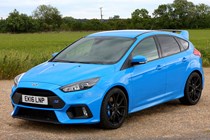
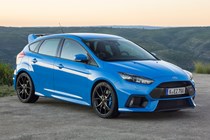
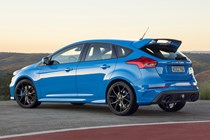
.jpg)
.jpg)
.jpg)
.jpg)
.jpg)
.jpg)
.jpg)
.jpg)
.jpg)
.jpg)
.jpg)
.jpg)
.jpg)
.jpg)
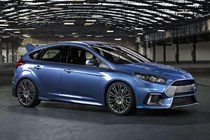
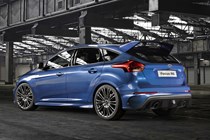

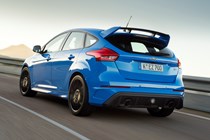
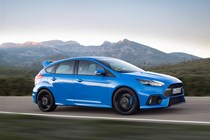
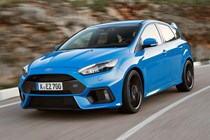
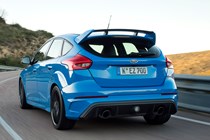
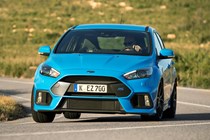
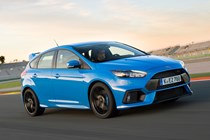
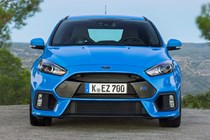
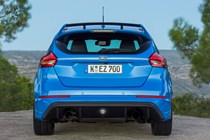
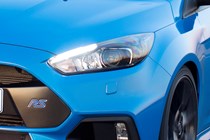
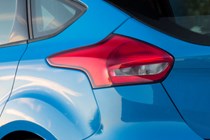
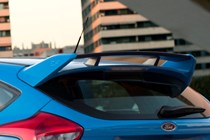
.jpg)
.jpg)
.jpg)
.jpg)
.jpg)
.jpg)
.jpg)
.jpg)
.jpg)
.jpg)
.jpg)
.jpg)
.jpg)
.jpg)
.jpg)
.jpg)
.jpg)
.jpg)
.jpg)
.jpg)
.jpg)
.jpg)
.jpg)
.jpg)
.jpg)
.jpg)
.jpg)
.jpg)
.jpg)
.jpg)
.jpg)
.jpg)
.jpg)
.jpg)
.jpg)
.jpg)
.jpg)
.jpg)
.jpg)
.jpg)
.jpg)
.jpg)
.jpg)
.jpg)
.jpg)
.jpg)
.jpg)
.jpg)
.jpg)
.jpg)
.jpg)
.jpg)
.jpg)
.jpg)
.jpg)
.jpg)
.jpg)
.jpg)
.jpg)
.jpg)
.jpg)
.jpg)
.jpg)
.jpg)
.jpg)
.jpg)
.jpg)
.jpg)
.jpg)
.jpg)
.jpg)
.jpg)
.jpg)
.jpg)
.jpg)





.jpg?quality=50)
.jpg?quality=50)
.jpg?quality=50)
.jpg?quality=50)
.jpg?quality=50)
.jpg?quality=50)
.jpg?quality=50)
.jpg?quality=50)
.jpg?quality=50)
.jpg?quality=50)
.jpg?quality=50)
.jpg?quality=50)
.jpg?quality=50)
.jpg?quality=50)














.jpg?quality=50)
.jpg?quality=50)
.jpg?quality=50)
.jpg?quality=50)
.jpg?quality=50)
.jpg?quality=50)
.jpg?quality=50)
.jpg?quality=50)
.jpg?quality=50)
.jpg?quality=50)
.jpg?quality=50)
.jpg?quality=50)
.jpg?quality=50)
.jpg?quality=50)
.jpg?quality=50)
.jpg?quality=50)
.jpg?quality=50)
.jpg?quality=50)
.jpg?quality=50)
.jpg?quality=50)
.jpg?quality=50)
.jpg?quality=50)
.jpg?quality=50)
.jpg?quality=50)
.jpg?quality=50)
.jpg?quality=50)
.jpg?quality=50)
.jpg?quality=50)
.jpg?quality=50)
.jpg?quality=50)
.jpg?quality=50)
.jpg?quality=50)
.jpg?quality=50)
.jpg?quality=50)
.jpg?quality=50)
.jpg?quality=50)
.jpg?quality=50)
.jpg?quality=50)
.jpg?quality=50)
.jpg?quality=50)
.jpg?quality=50)
.jpg?quality=50)
.jpg?quality=50)
.jpg?quality=50)
.jpg?quality=50)
.jpg?quality=50)
.jpg?quality=50)
.jpg?quality=50)
.jpg?quality=50)
.jpg?quality=50)
.jpg?quality=50)
.jpg?quality=50)
.jpg?quality=50)
.jpg?quality=50)
.jpg?quality=50)
.jpg?quality=50)
.jpg?quality=50)
.jpg?quality=50)
.jpg?quality=50)
.jpg?quality=50)
.jpg?quality=50)
.jpg?quality=50)
.jpg?quality=50)
.jpg?quality=50)
.jpg?quality=50)
.jpg?quality=50)
.jpg?quality=50)
.jpg?quality=50)
.jpg?quality=50)
.jpg?quality=50)
.jpg?quality=50)
.jpg?quality=50)
.jpg?quality=50)
.jpg?quality=50)
.jpg?quality=50)